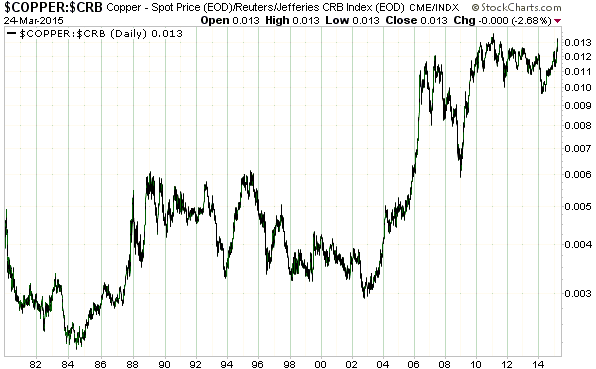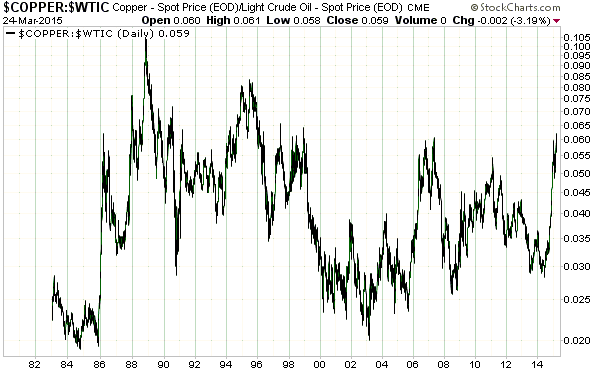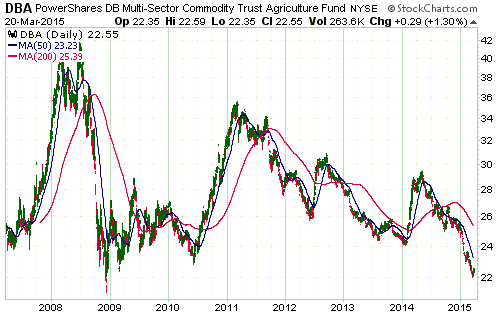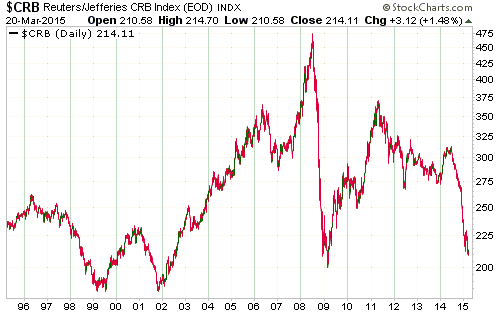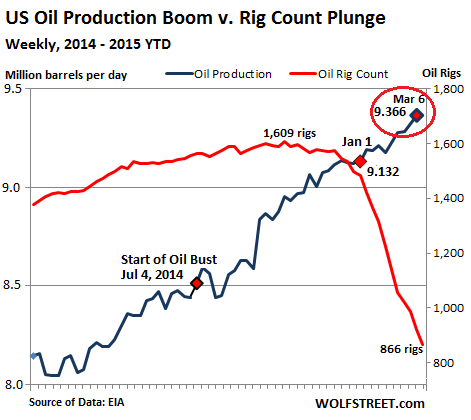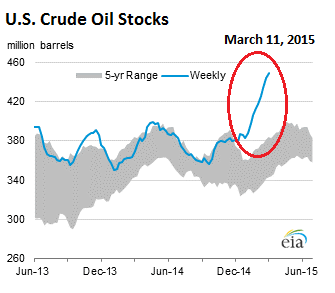Considering the overall commodity backdrop, the recent sharp rebounds in base metal prices and the copper price in particular are both interesting and incongruous.
Under the heading “Copper Bottom” in a TSI commentary a few days ago I discussed last week’s upward reversals in the copper price and the Industrial Metals Index (GYX). I assumed, at the time, that last week’s price gains were partly due to the risk that supply would be disrupted by the blockade of Freeport’s massive Grasberg copper mine in Indonesia, and therefore that the removal of this risk at the end of last week would result in some of the price gains being given back this week. Strangely, however, the copper price spiked higher at the beginning of this week and briefly challenged the bottom of the major $2.90-$3.00 resistance range before pulling back to the high-$2.70s (a few cents above last week’s closing level). It seems that games are being played by large-scale participants in this market.
I plan to write some more about copper later this week at TSI, but at this time I wanted to point out that the bearish participants in the copper market have relative valuation on their side. As illustrated by the following charts, the copper price is presently at a multi-decade high relative to the CRB Index and at its highest level since 1998 relative to oil.
 Print This Post
Print This Post

